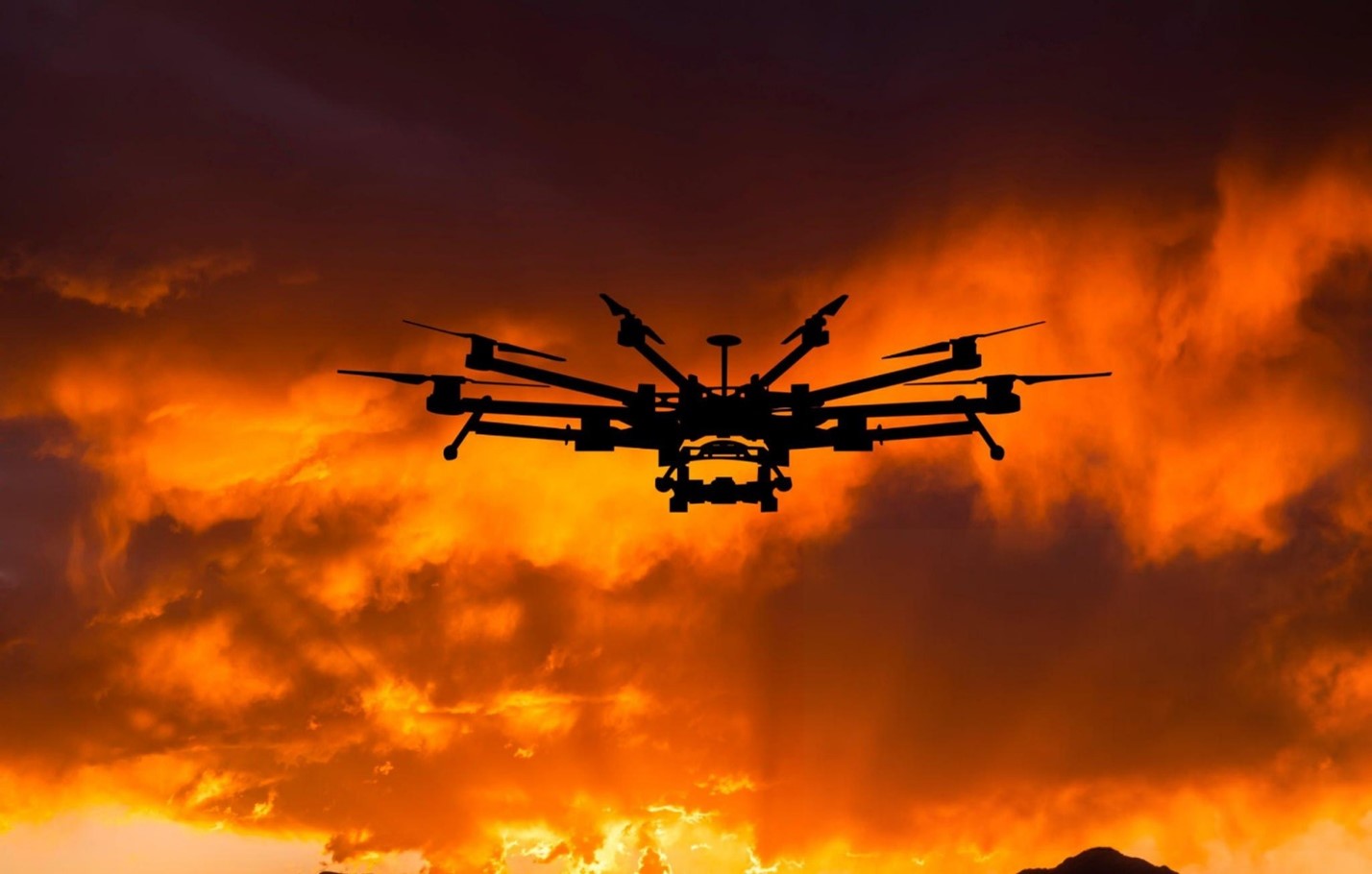A cutting-edge British-developed weapon that uses invisible radio waves to knock drones out of the sky has successfully neutralised multiple “drone swarms” in what has been hailed as the largest trial of its kind by the British Army.
The experimental Radiofrequency Directed Energy Weapon (RF DEW) was put through its paces at a military weapons range in west Wales, where British soldiers demonstrated its ability to track, target and disable dozens of airborne threats with near-instant effect.
The Ministry of Defence (MoD) confirmed the success of the trial, saying the system proved capable of downing swarms of drones simultaneously, offering a potentially revolutionary tool in the UK’s defensive arsenal.
This futuristic technology, which utilises high-frequency radio waves, disrupts the electronic components of hostile drones, causing them to crash or lose function mid-air. Unlike traditional missile systems, the RF DEW can engage multiple targets at a fraction of the cost – with each ‘shot’ estimated to cost as little as 10 pence.
Over £40 million has already been invested in the development and testing of the RF DEW, which has supported 135 skilled jobs in Northern Ireland and the South East of England. Officials are now hailing the system as a prime example of British ingenuity and a potential game-changer in modern warfare.
Defence Minister Maria Eagle welcomed the success of the trials, stating:
“This experiment exemplifies the strength of British innovation – driven by our home-grown industry, technology firms and scientific talent. We continue to strengthen our defence sector, adding more cutting-edge capabilities to keep the UK secure at home and strong abroad, while making defence an engine for growth across our towns and cities.”
The system, if fully operationalised, is expected to complement existing missile-based air defence systems, providing a low-cost solution to the growing threat posed by drones in both civilian and combat scenarios.
Unlike traditional jamming equipment, which can be thwarted by more sophisticated drone technologies, the RF DEW physically interferes with a drone’s internal systems, rendering it inoperable regardless of any countermeasures. The weapon is effective at distances of up to 1km and is seen as particularly useful for defending critical infrastructure, military bases, and sensitive installations.
During the extensive trials, the British Army used the weapon to take down more than 100 drones in total, including two full swarms in a single engagement. This represents the largest number of drones ever tracked and defeated by UK forces using such a system.
The MoD also highlighted its potential use in protecting British airspace from rogue drones, especially around security-sensitive sites such as airports, defence bases and government buildings – locations which have become increasingly vulnerable in recent years.
A spokesperson for the MoD said:
“We are exploring how RF DEW systems can be rapidly deployed to counter emerging threats. The success of this trial is a huge step forward in our ability to keep the UK safe against increasingly sophisticated drone technology.”
As unmanned aerial systems continue to evolve, the emergence of swarm attacks – involving dozens or even hundreds of coordinated drones – has prompted defence agencies worldwide to seek new technologies capable of defending against such rapid, multi-directional threats.
With the promise of speed, precision, and significant cost savings, the UK’s development of RF DEW could mark a decisive shift in how future aerial threats are managed – and a clear message that British defence innovation is not only keeping pace, but leading the way.






